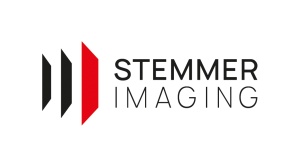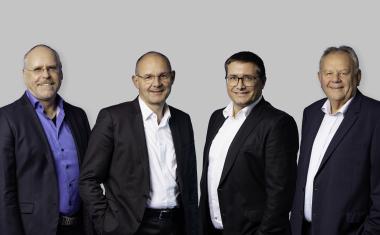Hyperspectral Partnership
Stemmer Imaging now offers Specim FX series products in all European countries the machine vision technology provider serves. The most important product of the recently signed agreement is the newly introduced compact hyperspectral camera Specim FX10. This camera is designed for the wavelength range of 400 to 1000 nm. A spectrograph that is required for hyperspectral imaging is integrated directly into the camera body through a patented process. Nevertheless, compared to other hyperspectral cameras the new FX10 has an extremely small footprint of only 150 x 85 x 71 mm.
Users of the Specim FX10 camera have the option to select and evaluate from 220 wavelengths that are optimally suited for an application due to the material properties of the test object. The number of selected wavelengths directly affects the speed of the solution: The fewer wavelengths that are selected for testing, the faster the evaluation. If a user needs all 220 wavelengths, the maximum recording speed of the Specim FX10 is 330 fps. If the inclusion of only 20 wavelengths is enough to solve the application, a speed of 2830 frames per second is possible, and 6510 frames per second can be achieved by selecting 5 wavelengths in 3 different areas. A CameraLink interface currently provides the image data transfer. Models with a GigE port will be available from the end of 2016.
Hyperspectral imaging systems analyze the molecular properties of test objects and create a "chemical fingerprint" of materials. By analyzing more than 100 wavelengths they open up areas of application that cannot be solved with conventional systems. Typical applications for this technology are the classification of plastics during recycling processes, applications in the food industry as well as the identification of any material that hardly shows differences in the real image, e.g. in mining, in the pharmaceutical industry or in the medical field.












